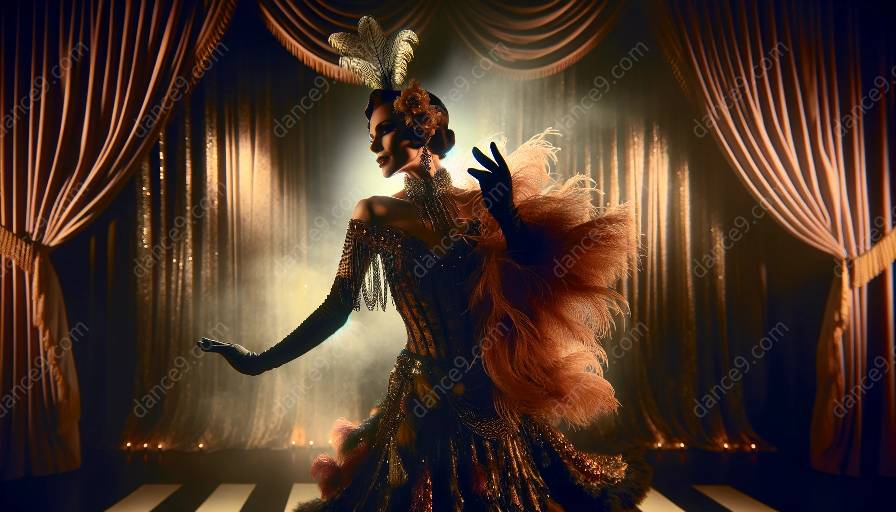Burlesque is a unique and vibrant form of dance that has the power to contribute significantly to diversity and inclusion in dance education. It challenges traditional norms, celebrates individuality, and empowers performers of all backgrounds through its artistic expression.
The Historical Significance of Burlesque
Originally emerging as a form of entertainment in the 19th century, burlesque has a rich history deeply rooted in subversion and resistance. It provided a platform for marginalized communities, including people of color, LGBTQ+ individuals, and women, to express themselves in ways that were not permissible in mainstream society. This historical context positions burlesque as an important vehicle for promoting diversity and inclusion within the realm of dance.
Artistic Expression and Empowerment
Burlesque encourages performers to embrace their unique identities and express themselves authentically. This emphasis on individuality and self-expression fosters an inclusive environment where dancers of all backgrounds are welcomed and celebrated. Through the art of burlesque, individuals can explore their creativity, challenge societal norms, and reclaim agency over their bodies and narratives.
Breaking Down Stereotypes
Traditional dance education often adheres to specific, narrow standards of beauty and movement, which can be exclusionary to individuals who do not fit these prescribed norms. Burlesque, with its emphasis on diversity and self-expression, provides a counterbalance to these stereotypes. It celebrates all body types, abilities, and genders, reinforcing the idea that everyone has the right to participate in and enjoy dance regardless of societal expectations.
Embracing Inclusivity in Dance Classes
Integrating burlesque into dance classes offers students a broader and more diverse understanding of movement and expression. It allows them to explore different styles and histories of dance, fostering a more inclusive and respectful approach to the art form. Furthermore, by experiencing the diversity inherent in burlesque, students develop a deeper appreciation for the multitude of perspectives and experiences within the dance community.
Conclusion
Burlesque undeniably contributes to diversity and inclusion in dance education by challenging norms, promoting artistic expression, and celebrating individuality. Its historical significance, emphasis on empowerment, and role in breaking down stereotypes make it an invaluable addition to dance classes, creating a more inclusive and welcoming environment for dancers of all backgrounds.













































































